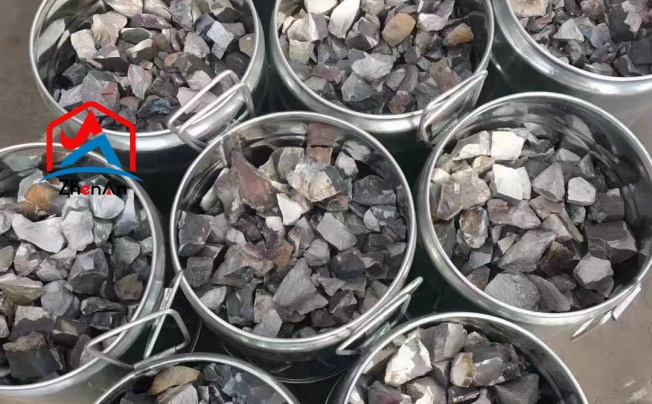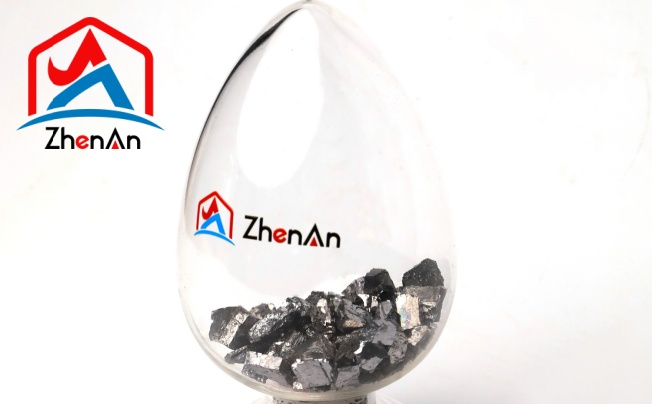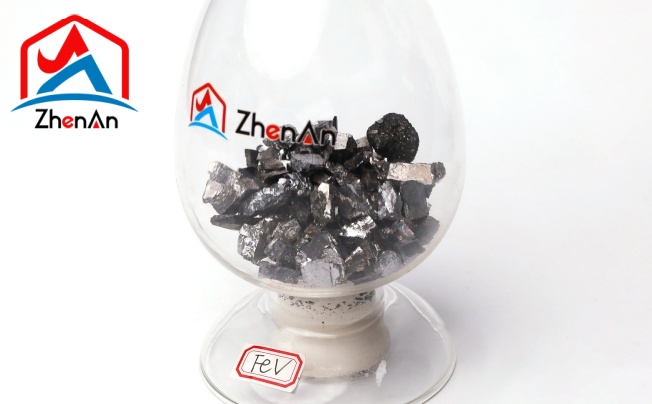How much do you know about ferrosilicon?
- Categorization
The four types of ferrosilicon are high silicon ferrosilicon (GG), ordinary ferrosilicon (PG), low aluminium ferrosilicon (DL), and high purity ferrosilicon (GC), based on the smelting process. Ferrosilicon that has been refined outside of a furnace and has a low impurity level is referred to as high-purity ferrosilicon.
- Ways to communicate the brand number
The classification of ferrosilicon is represented by the first two characters, which are high silicon ferrosilicon (GG), ordinary ferrosilicon (PG), low aluminium ferrosilicon (DL), and high purity ferrosilicon (GC); the ferrosilicon product is then represented by the code name, such as FeSi; the content (mass fraction) indicates the lower limit of 97%; and finally, the content (mass fraction) shows the primary impurity element and the highest limit of the outcome; for instance, Al1.5 indicates the primary The final one is the categorization (A/B/C) based on the level of secondary impurity elements, which is restricted to high-purity ferrosilicon. The impurity element is aluminium, and the top limit of the control is 1.5%.
- Specifications for chemical composition
Based on silicon and its impurity level (mass fraction) and applications, ferrosilicon is categorised into four groups and 40 brands. These include nine high-silicon brands, ten ordinary brands, eight low-aluminum brands, and thirteen high-purity brands.
- Physical state requirements: the thickness of FeSi72~FeSi75 series ferrosilicon ingots produced by iron mold casting shall not exceed 100mm; the thickness of FeSi40, FeSi65, and FeSi70 ingots shall not exceed 80mm; or the ferrosilicon shall adopt a direct forming casting process, and the segregation of silicon content shall not exceed 3.0%.
Production matters of ferrosilicon 65
Ferrosilicon is made by smelting a specified number of iron-containing minerals with natural silica as the raw material and utilising metallurgical coke as a reducing agent. The silica and coke particles created by this method have relatively high particle sizes in order to guarantee the breathability of mineral components. The typical silica particle size ranges from 60 to 120 mm, while the typical coke particle size ranges from 5 to 22 mm.
The two types of nickel metallurgical techniques are the fire method and the wet method. The fire method of smelting nickel sulphide ore is the primary method used in my country’s nickel production. Smelting in an electric furnace, a flash furnace, and a blast furnace are the production methods employed. Flash furnace smelting is one of them. The smelting process in the fast furnace is rather sophisticated. Six to sixteen tonnes of slag are produced for every tonne of nickel that is produced by the flash furnace smelting process.
In addition to taking up a lot of space and polluting the environment, a huge amount of nickel slag heaped up carelessly will occupy a lot of area. As a result, nickel slag must be used extensively. Fayalite and pyroxene phases are the primary phases of nickel slag, whereas iron oxide and silica are its principal constituents. These are crucial starting ingredients in the synthesis of ferrosilicon 65. Thus, it is necessary to investigate the method of directly producing 65 ferrosilicon utilising nickel slag as a raw material.
Applications of Ferrosilicon 65
- Steel Industry: Ferrosilicon 65 is a common alloying agent used in the steel industry. Steel’s hardness, strength, and deoxidizing qualities are all enhanced by it. In order to improve the quality and performance of steel, it is added during the production process.
- Foundry sector: Cast iron is treated with ferrosilicon 65 in the foundry sector. It aids in regulating the starting silicon content and encourages the development of graphite nodules, both of which enhance ductile iron’s mechanical qualities.
- Production of Prealloys: Magnesium ferrosilicon (MgFeSi) and other prealloys are made from ferrosilicon 65. Magnesium and trace amounts of rare-earth metals are present in MgFeSi, which is used to make ductile iron.
- Magnesium Production: The Pidgeon process uses ferrosilicon 65 to convert dolomite into magnesium. It is essential to the process of reducing magnesium oxide to magnesium metal.
- Electrical Transformers: Sheets for the magnetic circuit of electrical transformers are made using ferrosilicon 65. It adds to the core of the transformer’s magnetic characteristics.
- Diamond Mining: The processes involved in diamond mining make use of ferrosilicon powders, such as ferrosilicon 65. They are used to extract diamonds from materials that contain diamonds.







